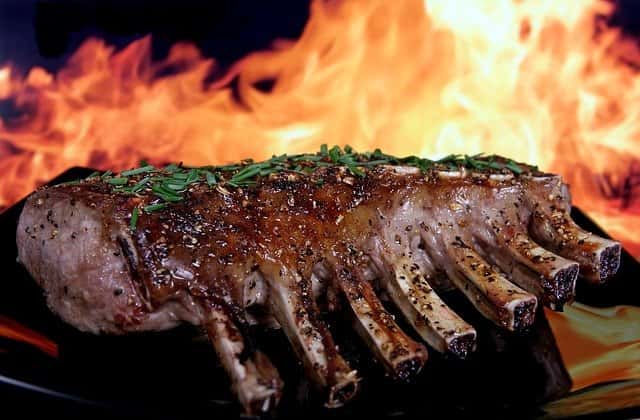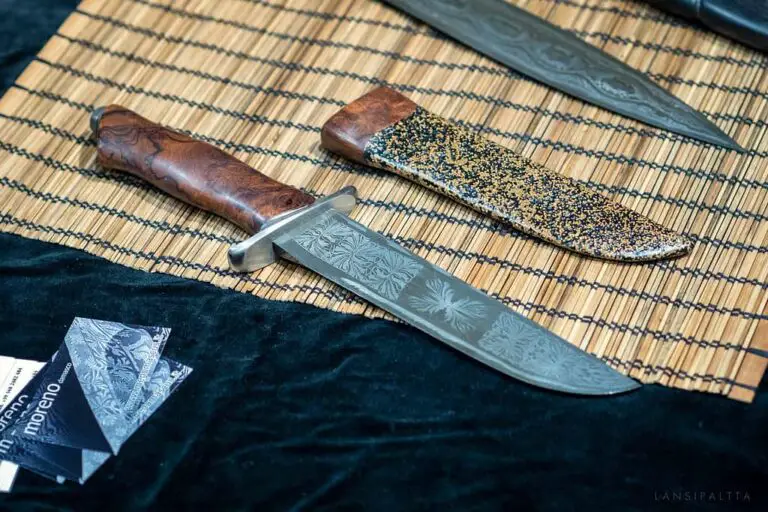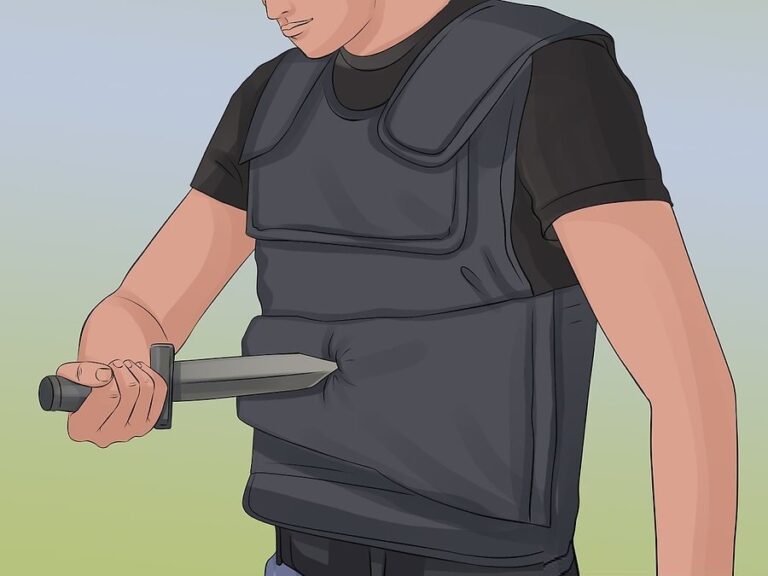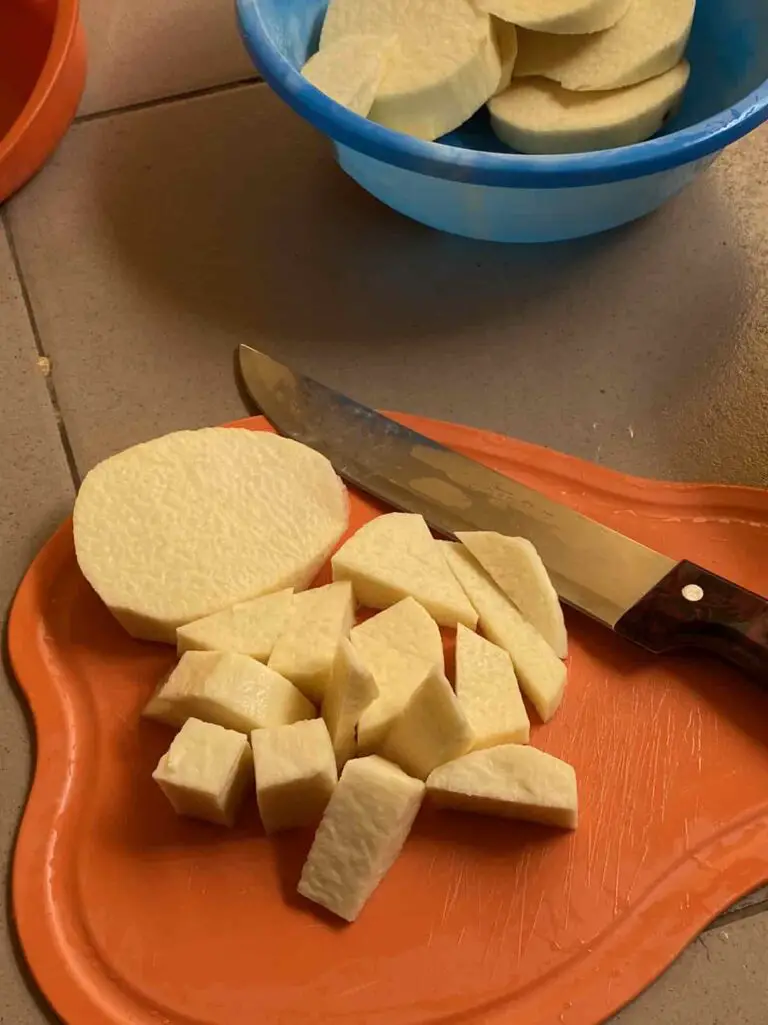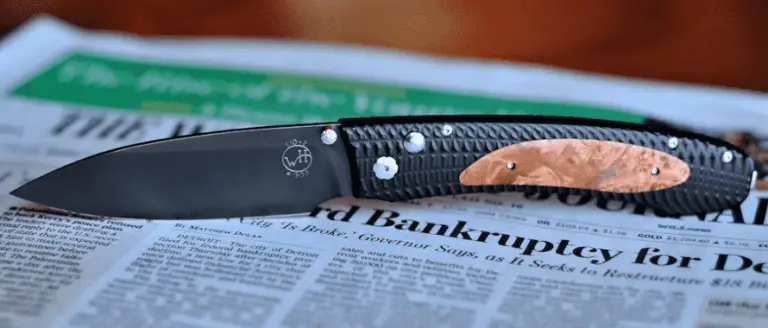Modern and ancient Damascus stainless steel was made from high carbon stainless steel, meaning there is not much difference between the two.
However, a comparable Damascus stainless steel and pure high carbon stainless steel differ in appearance and other properties due to how both metals were annealed.
Still, are the differences between Damascus steel and high carbon stainless steel enough to make you choose one over the other?
Table of Contents
Damascus Steel Vs. Modern High Carbon Stainless Steel: How Do They Compare?
I’m not surprised that Damascus and high carbon stainless steel share similarities since they’re both great metals for knife and weapon making. However, you must take the comparable quality of these two sheets of steel for any comparison.
For example, comparing high-quality Damascus steel against low-quality carbon stainless steel, or vice versa, will be biased.
So, putting both sheets of steel on the same pedestal, here are some talking points.
| Criteria | Damascus Steel | High Carbon stainless steel | Winner |
|---|---|---|---|
| Toughness | High | High | Tie |
| Corrosion | More resistant | Less resistant | Damascus steel |
| Edge Retention | Slightly longer | Long | Damascus steel |
| Appearance | Patterned | Plain | Subjective |
| Carbon content | 0.05-1.5% | 0.05-2.1% | High carbon stainless steel |
| Cost | Expensive | Affordable | High carbon stainless steel |
| Purpose | Best for knife making | Best for a wide range of steel applications | High carbon stainless steel |
Blade Material Toughness
Damascus and high carbon stainless steel are tough and won’t break soon.
In fact, a Charpy test for the Damascus steel shows that there’s not much difference in how much strain it can handle compared to the standard mono-steel high carbon option.
This boils down to the strength of two similar plates of steel used to make a single Damascus steel. Enough layers of both steel scales annealed together balance out the carbon content and introduce extra metals (like nickel), which help the toughness of the knife.
Blade Corrosion
Damascus steel corrodes less fast than high carbon stainless steel under similar conditions.
Also, Damascus steel stays cleaner because of acid-etched patterns and layers. Thus, corrosion affects these layers first rather than the primary blade.
In contrast, corrosion first affects the main blade of a high carbon stainless steel.
Pro Tip: Read this guide to removing rust on high carbon stainless steel knives to keep your prized knives rust-free.
Edge Retention
Another area where there seems to be a difference, although small, is edge retention. Here, the Damascus steels look like they hold their edge for a bit longer.
This is due to the Damascus steel layer design. Thus, every steel layer in the knife wears down at different rates.
When that happens, the different layers create a jagged tooth-like edge over time which cuts surprisingly better. However, honing the knife regularly keeps that edge going without having to sharpen the blade again anytime soon.
In contrast, the single layer on a mono high carbon stainless steel doesn’t afford that luxury. Of course, you still get insanely long edge retention (if you use the knife right), but the Damascus steel might get better points.
Pro Tip: Learn how to hone your knives properly so you don’t have to sharpen more than 2-3 times per year.
Appearance Of the Blade
Damascus steel is often the finer and more visually appealing due to the blade patterns resulting from the metal annealing and etching process. However, most high-quality high-carbon stainless steel is forged and does not have the luxury of extra designs and patterns.
I love the look of a clean knife, so I’ll always go with the plain high carbon stainless steel more often than not.
However, this is a personal choice, and I know people who love to look at the design on their Damascus steel too.
Carbon Content
Although Damascus steel also contains a high carbon content, it doesn’t manage as much as the high carbon stainless steel itself. Due to the annealing of different metals to make Damascus steel, the carbon content is usually diluted or not as strong as the standalone high carbon steel.
However, most high carbon stainless steel knives use the same carbon content range as comparable Damascus steels, so there’s usually not much to separate them. Still, they win this round for being able to take more carbon content if the manufacturer wishes it so.
But, while a high carbon content is suitable for sharpness and edge retention, it also drives down the rate at which the stainless steel can fight corrosion.
Cost of the Blade
Damascus steel is often far more expensive than high carbon stainless steel, even though it doesn’t offer much extra to justify the cost.
This Damascus steel cost is often attributed to the specific annealing and metal folding process it took to create the knife. In contrast, high-carbon stainless steel follows a relatively more straightforward production process.
Likewise, Damascus steel’s cost price is high on the back of the demand for the steel by knife lovers and enthusiasts who want the promise of a sharper knife that also looks good.
Thus, I recommend you buy a high carbon stainless steel if you’re looking for a sharp knife that retains its edge for long. Otherwise, there’s no rule against getting a Damascus steel you like.
Buying Guide: Save on Damascus steel knives with the Tojiro Damascus steel knives.
Purpose and Versatility
High carbon stainless steel is far more versatile than Damascus steel and can be applied to many more processes than knife making.
While Damascus steel is superior in the knife-making scene, high carbon stainless steel is far more superior overall and will find broader applications.
Is Carbon Steel Better Than Damascus Steel?
Damascus steel holds an edge slightly better, looks more visually appealing, and is more resistant to corrosion than carbon steel in knife making.
However, carbon steel has similar or more carbon content than Damascus steel, making it harder and better suited to a broader range of applications. On top of that, carbon steel is less expensive compared to Damascus steel and is comparatively better than the Damascus blade in cost.
Thus, you’d have to determine why you need either steel on a knife and if you’re not only paying for the design.
Does Damascus Steel Have High Carbon?
Damascus steel has surprisingly high carbon content, which also makes it harder (against scratches) but less tough (so it’s more brittle). However, Damascus steel balances this out by annealing different metals of varying carbon content and containing other impurities (like nickel), keeping the steel tough.
Does Damascus Steel Rust as Easily as High Carbon Stainless Steel?
Damascus steel will rust as easily as high carbon stainless steel, but it won’t be as visible. That’s because the rust is hidden under the multiple wavy pattern layers.
Thus, rust and other signs of corrosion will show up faster on a plain high carbon stainless steel whereas Damascus steel will only sacrifice its patterned layers to protect the blade against rust for longer.
Bottom Line
Damascus steel does some things better than high carbon stainless steel, but the latter also edges it out in a lot more areas. Still, both knife steels are comparable for a high carbon content when compared to other knives, hardness, edge retention and sharpness.
So, if you’re interested in a good knife and confused about which steel to choose, rest assured that they’re both great. It’ll come down to personal choices, but they’ll handle your kitchen tasks just fine.
If cost is a factor, though, high carbon stainless steel is the no-brainer.


